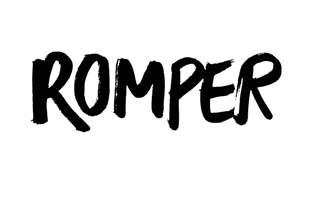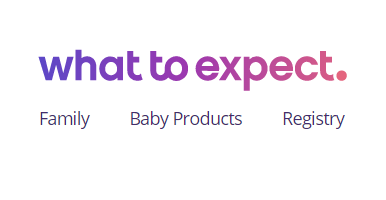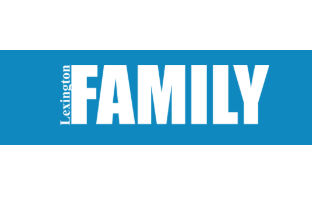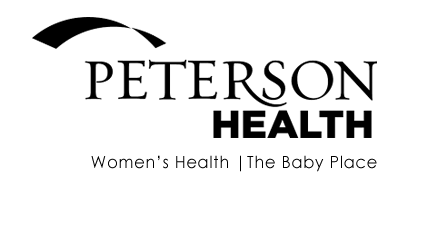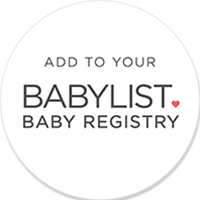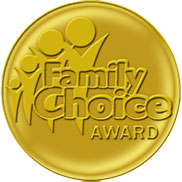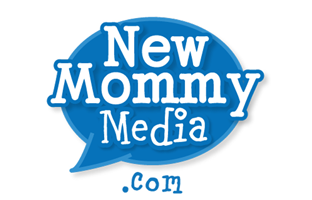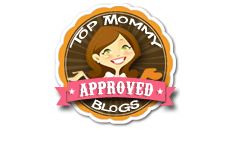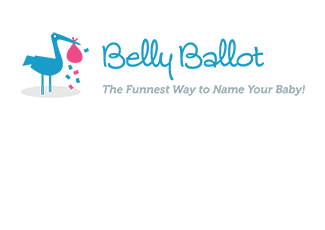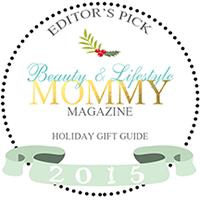5 Frequently Asked Breastfeeding Questions
Reading time: 3 minutes
Your biggest breastfeeding questions answered by a board-certified lactation consultant
As a new mom, you’re juggling a lot, from middle-of-the night feedings to dealing with bizarre body changes to managing your pre-work mornings with a little one in tow — all on three hours of sleep. We know that this time is equal parts exciting and confusing — and you’ve got lots of questions, none of which are small.
Ashland Women’s Health can help guide you through this murky period and we’ve partnered with one of their resident lactation consultants to answer your five most common nursing questions! So read one and remember, we’re here to help with every step of your breastfeeding journey.
Your Breastfeeding Questions Answered:
I am on day three of my baby’s life. My milk has “come in,” and I’m experiencing increased breast size, fullness, and engorgement. Will my breasts stay this way?
Congratulations! Just as your body has changed during pregnancy and delivery, your breasts are going through changes, but the change inside your breasts is rapid. Your milk coming in means you have entered into a new phase of lactation. The tiny amounts of colostrum that so powerfully and perfectly nourished your baby the first few days have given way to the ounces of breastmilk, perfectly designed to nourish your baby much longer term. Often, the onset of this larger supply arrives just when your baby begins to demand more volume. The dramatic changes can be surprising, but your breasts continue to change, and you will settle into a new kind of normal. For this reason, you may want to wait a few weeks before you purchase nursing or pumping bras.
Should I pump for relief or will this just signal my body to produce more milk?
The fullness you are feeling is not all milk; there is much changing on the cellular level to support milk production, storage and transfer to your baby during breastfeeding. Pumping for a few minutes to provide relief is OK, but remember that pumping minutes, added to your nursing minutes in the early weeks, do have an impact on supply and demand. The breast is in control of production now. If significant, these pumping minutes may send signals to your body that you are nursing two babies, sending your supply up.
How long will this discomfort last? When will my body begin to self-regulate according to what my baby needs?
The fullness, discomfort or engorgement when the milk is coming in is usually very short lived. Within a day or two, (although you may notice fullness before feeding) you should be feeling comfortable again. It is normal to feel more full before you nurse or pump and less full after. If at any time you are experiencing excessive swelling, pain or extreme engorgement, seek one-on-one assistance.
I’m concerned my little one isn’t eating enough. How can I be certain my baby is getting enough milk?
It’s a very common concern for mothers to wonder if their baby is getting enough breast milk. Weight checks at your pediatrician’s office or with your in-home IBCLC visit may reveal that the baby has regained or exceeded birthweight by 10 days to two weeks post-delivery. This is a very reassuring sign that breastfeeding is off to a great start. On a daily basis, remember that what goes in must come out. Watch for frequent wet and dirty diapers.
I’m experiencing some nipple soreness and researching nipple balms. I’ve noticed some products say lanolin-free. What are the positives and negatives of using lanolin?
Although it is unusual, some women do have a sensitivity to lanolin and seek a lanolin-free ointment. Nipple ointments can be applied in a thin layer after nursing or pumping. Pump-dependent mothers may apply a thin layer to the pump breast shield, where the tunnel begins. Usually, by the time you nurse or pump again the ointment has been absorbed by your skin. Wiping off the excess can lead to soreness, so avoid over applying and wiping your nipples.
Katie McGee, Ashland Health’s International Board Certified Lactation Consultant, and our other lactation experts are on call to answer questions, provide consultations and help our moms in any way they need, through any stage of their breastfeeding journey. To speak with an IBCLC or schedule a visit with one of our experts, contact the team of moms at Ashland Health today.
Melissa LaHann, the Founder of Happy Fig created LatchPal, the very first nursing clip of its kind. LatchPal is a a breastfeeding shirt clip that holds up a mother’s shirt during breastfeeding. It only requires one hand to latch eliminating shirt re-positioning and feeding disruptions, so mom can nurse in comfort to maximize milk flow. It’s an essential for nursing moms.

